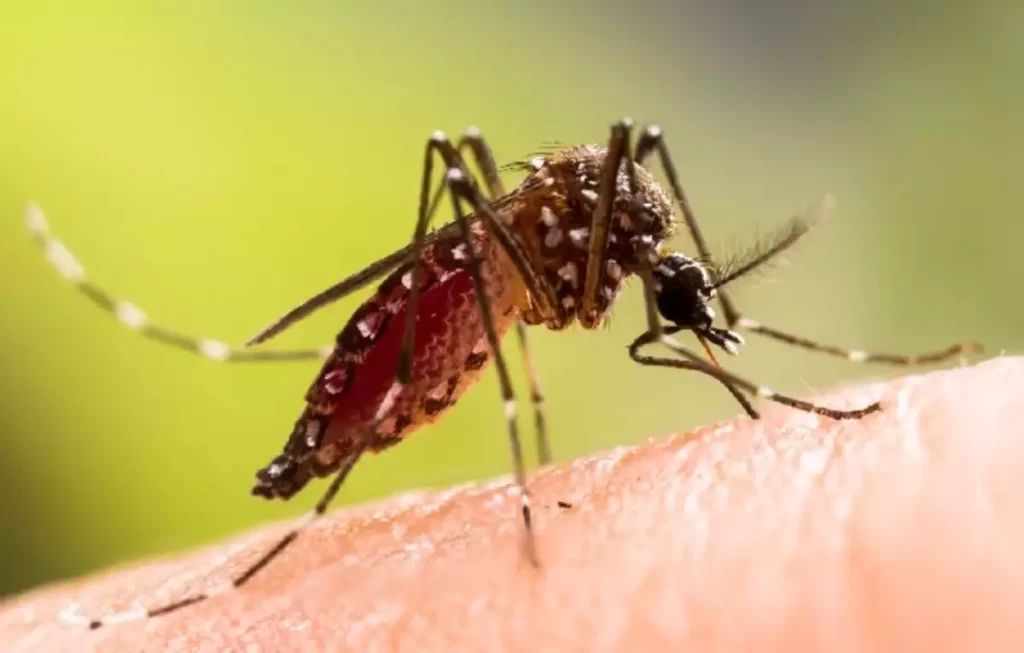Bangladesh’s worst dengue outbreak in recent history has claimed more than 400 lives in 2024, with hospitals struggling to manage over 78,000 patients as climate change and urbanization fuel an unprecedented surge in infections.

Official figures show 407 dengue-related deaths this year, with 4,173 patients currently under treatment — 1,835 in the capital Dhaka and 2,338 elsewhere. The outbreak has stretched beyond the typical June-to-September monsoon season, catching health officials off guard.
“We’re witnessing monsoon-like rainfall even in October, which is unusual,” said Kabirul Bashar, a zoology professor at Jahangirnagar University. “These changes in the season are fostering ideal conditions for the mosquitoes to breed.”

Climate change has created perfect conditions for the Aedes aegypti mosquito, the primary disease vector, through rising temperatures and extended monsoon seasons. Dense urban populations, particularly in Dhaka, have amplified transmission rates.
“Early diagnosis and prevention are key to controlling dengue,” said Dr. ABM Abdullah, a prominent physician, noting that proper early treatment can reduce mortality rates to less than 1%. However, doctors report that delayed treatment, especially among rural residents who must travel far for specialized care, has contributed to the rising death toll.
The crisis has prompted calls for year-round vector surveillance in Bangladesh, as the disease often presents mild initial symptoms that can go undiagnosed until patients reach critical condition. The outbreak’s unprecedented scale highlights the growing intersection of climate change and public health challenges in South Asia.



